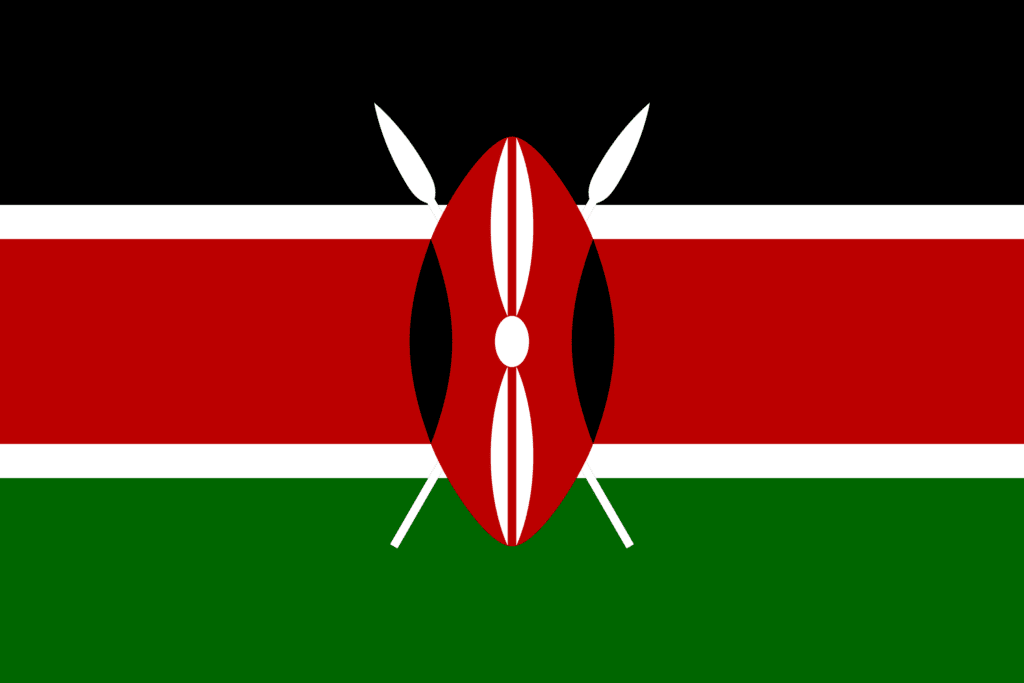Major Reforms in Kenya’s Energy Sector: Lifting the Power Purchase Agreement Freeze
Kenya’s National Assembly has taken a critical step in overhauling its energy landscape by lifting a nearly three-year freeze on new Power Purchase Agreements (PPAs). This long-awaited reform signifies a shift towards increased transparency and investment in the Independent Power Producers (IPPs) sector, marking one of the most consequential changes in recent history.
Transparency Measures for Independent Power Producers
In a decisive move to restore public trust, lawmakers directed the Business Registration Service (BRS) to publish comprehensive lists of shareholders and beneficial owners of all IPPs within the next six months. The sector has faced scrutiny due to concerns about opaque offshore structures and politically connected partners, which have contributed to inflated electricity tariffs.
Reopening the Market for New Investments
The decision to lift the freeze, which had been in place for two years and eight months, enables new private generation projects to proceed. Initially, this moratorium stalled private investment and complicated Kenya Power’s procurement plans. During a parliamentary session on November 12, 2023, MPs unanimously voted to end the freeze, setting the stage for new developments in the energy sector.
Cabinet Secretary for Investments, Trade, and Industry, Lee Kinyanjui, praised the reforms as a significant shift in Kenya’s energy landscape, predicting that new investments would lead to increased capacity, reduced outages, and stabilized tariffs. Current wholesale electricity prices stand at Sh9.04 ($0.07) per kWh.
Flexible Currency Framework and Pricing Controls
Another important development includes a new currency framework for future PPAs, allowing contracts to be denominated in shillings, foreign currency, or a hybrid of both. This flexible approach addresses concerns raised by investors who typically finance projects in dollars or euros. Local operational costs can be paid in shillings, while financing obligations remain in hard currency, promoting a more investor-friendly environment.
Addressing Private Power Tariffs
The reforms come amid growing scrutiny surrounding private power tariffs. In the year ending June 2024, Kenya Power paid KSh 73.7 billion to IPPs—accounting for about 60% of their overall power purchase costs, even though these companies supplied only 41% of the electricity. Certain private geothermal units charge as much as KSh 17.28 per kilowatt-hour, significantly exceeding KenGen’s rate of KSh 8.24 per kWh.
In response, lawmakers insisted that new agreements not exceed 7 cents per kWh, as many IPPs have allegedly exploited the system, charging Kenyans close to KSh 23 per kWh.
Competitive Auctions to Curb Costs
To combat rising costs and opaque contracts, MPs instructed the Energy Ministry and the Energy and Petroleum Regulatory Authority (EPRA) to adopt a competitive auction system for new power projects, mirroring models used in countries like South Africa. This auction system aims to replace previous bilateral negotiations that resulted in costly capacity charges for Kenya Power.
Additionally, any amendments or variations to existing PPAs will now undergo mandatory review by the Attorney General, closing loopholes that have historically allowed renegotiations without proper oversight.
Rising Demand and Future Investments
The reforms come at a time of growing electricity demand in Kenya. As of September 2025, power demand peaked at 2,362 MW, an increase of 250 MW over three years due to industrial growth, urbanization, and rising household consumption. These developments emphasize the urgent need for new generation capabilities, including additional geothermal projects and ongoing imports of 200 MW from Ethiopia.
Investment Promotion Principal Secretary Abubakar Hassan announced that the framework has been adjusted, allowing captive and industrial power projects to proceed without sole reliance on Kenya Power. New policies now permit entities to generate power for personal or industrial use.
Ensuring Sustainable Energy Growth
The combination of PPAs, which typically blends capacity and output charges, guarantees stable revenues that help private investors secure financing. Officials assert that while pricing structures remain favorable to investors, the new rules promoting transparency, flexibility in currency, and competitive auctions are designed to ensure that consumers will not bear the burden of costly contracts.
Conclusion: Focus on Implementation
With the moratorium lifted and comprehensive reforms underway, the spotlight now shifts to the implementation of these changes. The effectiveness of ownership disclosures, oversight enhancements, and competitive procurement processes will be critical in determining if these reforms lead to lower electricity costs for households and businesses in Kenya.
For more information on Kenya’s energy reforms and to stay updated, visit Solis Inverters.
Related Resources:
For inquiries regarding energy solutions in Africa, contact Solis Sales at sales@ginlong.com.
